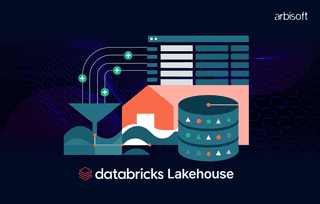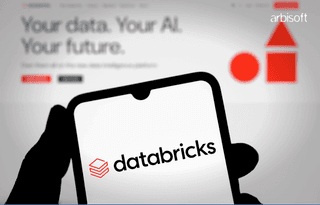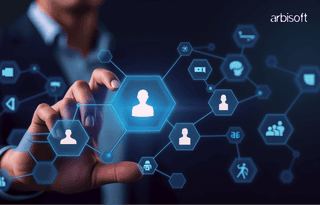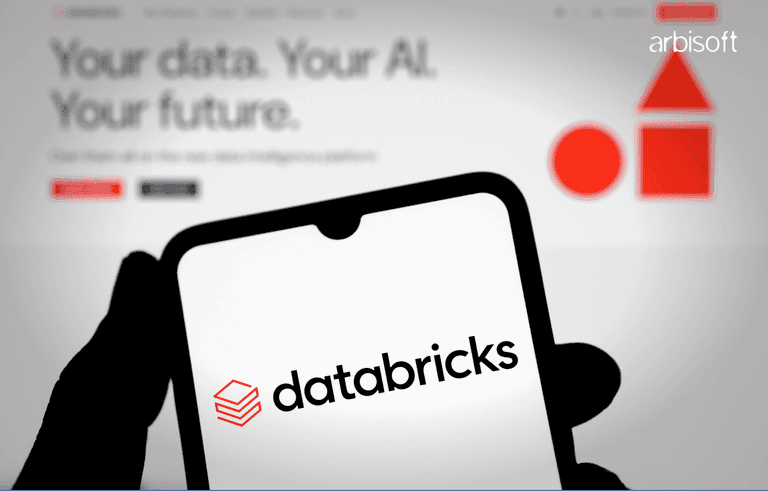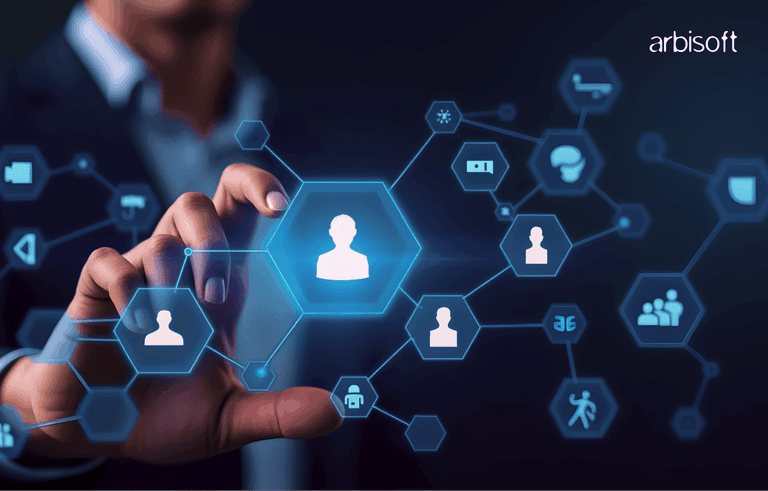We put excellence, value and quality above all - and it shows




A Technology Partnership That Goes Beyond Code

“Arbisoft has been my most trusted technology partner for now over 15 years. Arbisoft has very unique methods of recruiting and training, and the results demonstrate that. They have great teams, great positive attitudes and great communication.”
Accessibility in Software Development: 3 Questions Every Tech Professional Should Ask

You’ve launched products. You’ve shipped features.
However, sometimes, even after everything works as intended, something still feels incomplete. And in many cases, the reason it feels incomplete is because accessibility was never part of the conversation.
This blog isn’t a tutorial. It’s not a guide. It’s a set of three questions that developers, QA engineers, designers, content creators, and professionals at all levels need to ask themselves. Each one reveals where accessibility fits into the future of our projects, teams, and skillsets.
Let's begin with it.
1. Do I need accessibility to grow my skillset?
With a few years of experience behind you, you’ve likely developed a strong command of your core area. Whether it’s in development, UI testing, automation, DevOps, or content architecture, you know how to ship features, meet deadlines, and solve edge cases.
Accessibility isn’t just valuable — it’s recognized. According to the same report, accessibility professionals are among the more highly compensated roles in tech, with an average salary of $109,542, with professionals with disabilities earning slightly more, an average of $113,390.
Upskilling in accessibility doesn’t mean moving away from what you know — it means improving it with a broader lens and a stronger foundation.
It positions you to lead conversations, audit designs, and influence real-world user experiences, especially in a world becoming increasingly inclusive by design.
Think about how often you interact with forms, dropdowns, or modals — accessibility impacts all of it. In my own journey, understanding accessibility helped me collaborate better with designers and front-end engineers on real usability gaps.
2. Does my project need accessibility?
This is a fair question, and the honest answer isn’t always yes.
If you’re building an internal tool for a small team where no one uses assistive technology, full accessibility compliance might not be your first concern. But here’s the real risk: most teams assume it’s unnecessary, without verification.
And even if your immediate users aren’t asking for accessibility now, that doesn’t mean they won’t later — or that clients or contractors won’t use the system.
In one of our internal audit projects for a learning platform, the audit team discovered that none of the form fields had associated labels or aria-labels. Screen reader users were unable to understand what to input in fields like “Email” or “Password.” By simply linking <label> tags using for and id attributes and adding descriptive aria-labels for icon-only fields, we improved screen reader navigation and form usability instantly, without major redesigns.
Here’s a simple example of what that looked like in code:
<label for="email">Email</label>
<input id="email" type="email" aria-label="Email address" />
We also met WCAG 2.2 level AA checkpoints and made onboarding smoother for users who relied on NVDA and VoiceOver.
Partial or phased accessibility improvements can:
- Reduce technical debt
- Improve UX for all users (especially keyboard and mobile users)
- Lower support overhead
- Help meet procurement standards
Many U.S. clients and government entities now require:
Even if your product isn’t governed by U.S. or EU regulations, many international clients, especially in education, healthcare, and public-sector work, expect accessibility documentation like VPATs or audit reports. Without it, your product may be excluded from procurement opportunities, particularly in sectors where compliance is mandatory.
Accessibility isn’t just about ethics. It’s about readiness.
3. Will accessibility still matter in the future?
Think about a user who can't use a mouse due to a motor disability, or a visually impaired student relying on a screen reader to navigate an e-learning platform. Accessibility isn't just a checkbox – it's about people.
As per UsableNet’s last fully cited 2023 year-end report alone, 4,630 ADA digital accessibility lawsuits were filed in the U.S., many targeting small businesses.
This ongoing trend points out the legal risk for organizations that neglect digital accessibility.
Here's a snapshot of what accessibility looked like in numbers last year:

The Impact?
- Legal settlements (often six figures)
- Court-mandated redesigns
- Cancelled contracts with public institutions
- Long-term reputational damage
Globally, the pressure is mounting, too. The European Accessibility Act (EAA) comes into force in June 2025, requiring a broad range of digital products and services to meet accessibility standards across the EU.
This isn't theoretical. It's a shift in how products are designed, tested, and approved, especially in regulated industries and global markets.

Quick Facts: The Accessibility Shift
- 60% of organizations embed accessibility into all product phases.
More than half of modern organizations embed accessibility across design, dev, and QA phases — no longer treating it as a last-minute fix.
- 4,630 lawsuits in 2023 for inaccessible websites.
Legal pressure is mounting — over 4,600 lawsuits were filed in 2013 under the ADA.
- European Accessibility Act becomes enforceable in June 2025.
The EAA will soon make accessibility a global compliance standard.
- 77% of organizations want designers and developers with accessibility skills.
Accessibility is no longer optional for modern teams.
Source: Teach Access Skills Gap Report
- Only 2% of companies find it easy to hire accessibility professionals.
The skills gap is real — most rely on upskilling or consulting.
Source: Teach Access Skills Gap Report
Conclusion: The Shift That Starts With a Question
These aren’t theoretical or philosophical questions. They’re practical, overdue, and career-defining:
- Do I need accessibility to grow my skillset?
- Does my project need accessibility?
- Will accessibility still matter in the future?
Accessibility is now a baseline for quality — not a niche concern. It’s a signal that your product is usable, scalable, and inclusive. It’s also a signal that you, as a professional, understand what modern software development is really about.
You don’t need to master it all at once. But you do need to start paying attention to it.
Start small — review your current product with a keyboard, or check your design for color contrast. Ask your team: “Have we considered accessibility here?” That’s how it begins.
Resources to Get Started
Accessibility Guidelines
- WCAG 2.2 Quick Reference (W3C)
- EN 301 549 EU Accessibility Standard
Testing Tools
- Axe DevTools
- WAVE Evaluation Tool
- Google Lighthouse
Beginner Learning Paths
- Google’s Accessibility Fundamentals
- Deque University Free Courses








